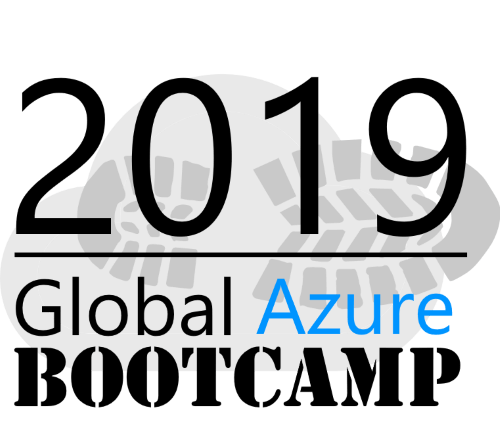O365 Tenant to Tenant Migration Part 3
This section of the blog series is focused on the migration and the selection of the tool and the procedure during the migration process. Once the basic topics of strategy and identity have been clarified, we come to the next question: “How and what do we actually migrate?
This is a multi part blog post with the following parts:
- Office 365 Tenant to Tenant Migration Fundamentals Part 1
- Office 365 Tenant to Tenant Migration Identity Planning Part 2
- Office 365 Tenant to Tenant Migration Identity Planning Part 3
Microsoft 365 contains a large number of services, so it is important to define at this point what is to be migrated, because this will have an impact on the runtime, complexity and selection of the migration tool. In some scenarios, companies have only been using Exchange Online up to now and in others Outlook Teams, Planner, Groups, etc. are being used.
Based on my experience, this planning should also be coordinated with the business responsible persons in the company and communicated to the employees. In the process of migration / integration, IT already has a large number of tasks and missing data or information in the migration process can result in employees’ displeasure and additional workload for IT.
Definition of the affected Office 365 services
The first step is to identify which services are used in the tenant to be migrated in order to determine whether and to what scope of data and settings need to be migrated.
Collaboration Services
Basis Services
- Exchange Online
- Office for Enterprise
- SharePoint Online
- OneDrive for Business
- Microsoft Groups
- Microsoft Teams
Power Platform
- Power Automate / Microsoft Flow
- Power Apps
- Power BI Reporting Service
Additional Features & Services
- Yammer
- Microsoft Forms
- Sway
- Stream
- Planner
- Bookings
- Kaizala
- ToDo
- Whiteboard
Additional Tools
- Microsoft Visio
- Microsoft Project
Identity Services
- App registrations
- Conditional Access
- Identity Protection
- SSPR (Self-Service Password Reset)
- Identity Governance ( Access Packages )
Client & Security
- Device Management ( Microsoft Intune)
- Defender for Endpoint
- Microsoft Cloud App Security
- Device Enrollment program (Apple DEP)
- Auto Pilot Deployment
Applications
- App registrations
- Enterprise Applications
- Azure AD Application Proxy
- Access Packages
- Service Principals
- Logic App integrations
Stores
- Store for Business
- Microsoft Teams App Store
- Office 365 (Apps) Store
After the evaluation and analysis of the use of the listed Office 365 services, a first estimate of time and effort is now possible. Depending on the service used, a matrix can be created in the following step and it can be defined whether data migration is necessary for the service used or whether user communication is also necessary.
There is currently no tool on the market that can migrate all services 1-to-1 without any problems. Most third-party tools specialize in core services and offer comprehensive and good migration options.
Core Services are usually Exchange Online (Mailboxes, Settings, Contacts….), SharePoint / Teams (Sites, Groups, Planner, Team & Channel). Tools such as Quest on Demand offer a sufficient range of functions for this.
However, other services should not be forgotten during migration planning, such as PowerBI, Forms, Stream, Bookings, etc., which can cause significant problems in the business after a tenant migration. Therefore, a detailed definition of the functional scope and migration scope per service is recommended in most cases. In the following blog posts I will describe the different services like Exchane Online and show migration scenarios and tools.
Due to service changes (new feature or deactivation ) the list may not match the current services. Please check the completeness of the Office 365 Services before use.


